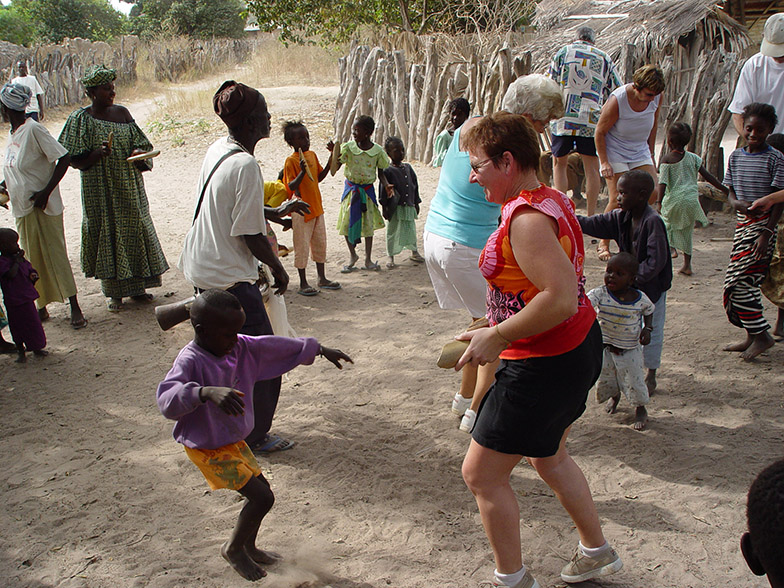world's largest camera George R. Lawrence
6 meters wide, 650 kg and it took 15 operators to make one photo with a 2,5 minute exposure.
Can you imagine what it takes to calculate, grind and polish a lens for this apparatus?
The world's largest digital camera is 266 times more powerful than Apple iPhone 14 Pro, details here 22-03-2023
Art, painting used to be very culture bound, you could see who made it and where the painting came from. Photography has changed that: it is as if we all started to see with one eye.
At first, in the nineteenth century, photography was used to record our world. Photographers were send around the globe with large cameras and heavy equipment, sometimes containing a complete darkroom.
The photographic process used is much like what Sally Mann still uses for her contemporary photography.
slide: # 01-04
Have your picture taken
Exposure times were very long (sometimes up to a minute ..) and portraits were therefore very static and formal. For a long time, it was quite an event to have your picture taken.
These vintage photos are now very sought after and sold as art at very high prices.
slide: # 01-04aa
Let students investigate their own past by searching for old family photographs and cameras. They don't have to bring them, a good reproduction will do (which can be a good excercise or even a challenge to make for some)
There is a little bit more in this photograph than just 'a funny picture'.
What do you see? 2 Indian people in a military costume. The little boy is dressed as Napoleon, the older gentleman is in a 'full dress'uniform with a turban. The photograph is western style with a fake window as a backdrop. The photograph is professionally made, but the print is detoriated.
The gentleman in the picture is General Amar Singh of Kanota, a Rajput aristocrat, Edwardian Gentleman, the first Indian Officer in the British Indian Army and a war veteran. (He commanded his regiment in the Boxer War in China and the 1st WW in France ..)
There is no record of who the little boy is, but the uniform in this respect is more than just a charade.
(slide 01-04aa) Obviously English influences were very visible in India. And speaking about 'charade' here is another picture of Indians dressed up as English aristocrats (slide 01-04ab) and even in rural India there are certain objects which seem to give the bearer more esteem as in this photograph of 2 shepards by Jyothi BHATT (slide 01-04ac). But they all have one thing in common: they like to have their picture taken.
You can find more information on the photographs here photo-credits.html.
the world is ours
What also changed our seeing tremendously is traveling.
After the second world war traveling by air became very cheap. We all took our cameras on our journeys and often use them to photograph other peoples cultures and as an excuse to invade their private lives.
Discuss the photo. Remember the 5 W's. The obvious question is: "What would you think if a bus full of tourists arrived in your backyard?"
slide: # 01-04b
to be continued ..
for instance with:
- Photo manipulation is of all time.
- Why photojournalists may make a conflict worse (football hooligans)
- The age of social media, so much has been written about it, but I couldn't be in touch with you and many other people around the world, if we didn't have it..
- Impress your teacher by reading just the headlines in the newspaper every morning. And impress me by reading just one article (you choose!) thoroughly every day
Tell me: Was this useful?
Please find more information about the photos used on the photo credits page



